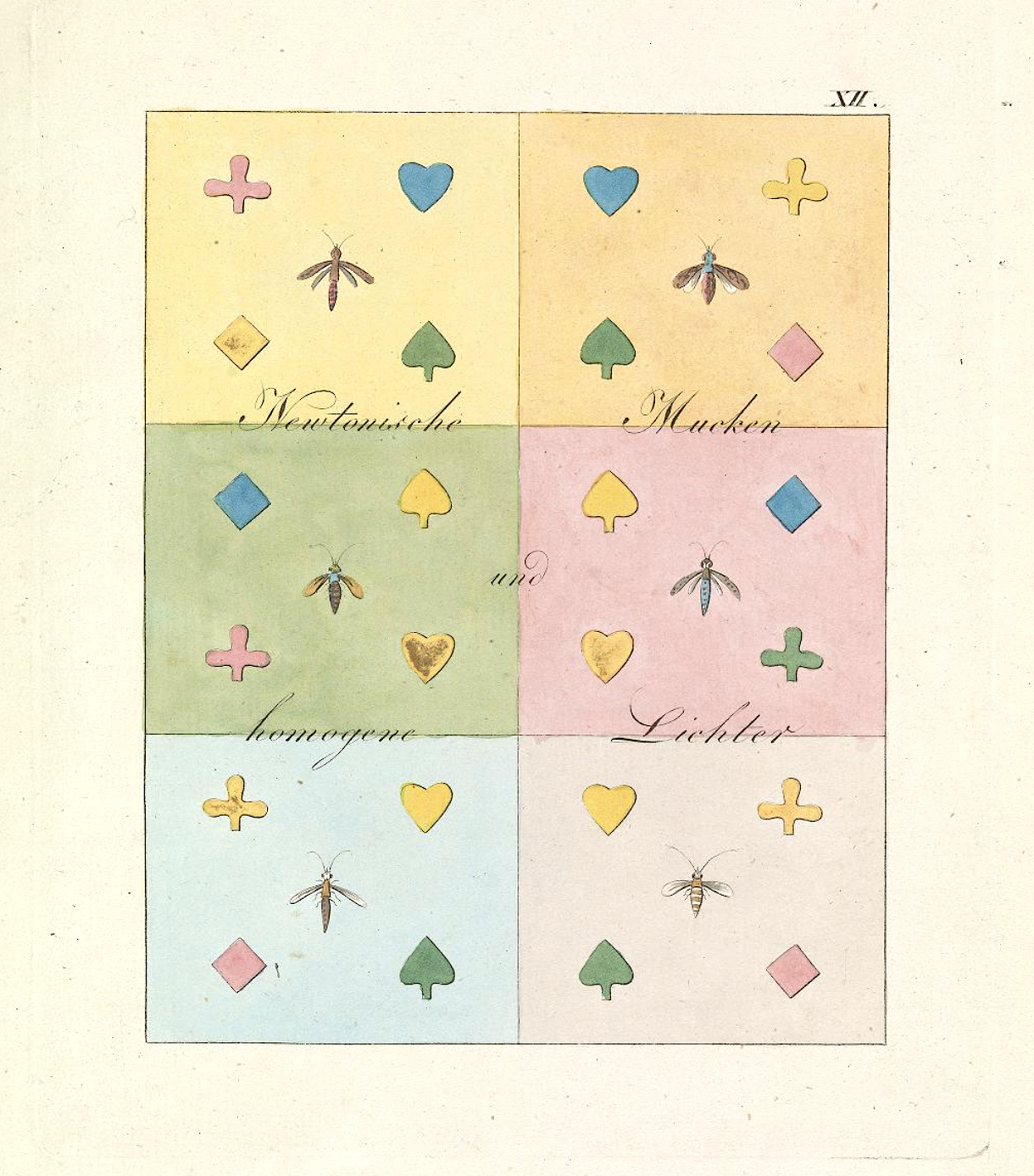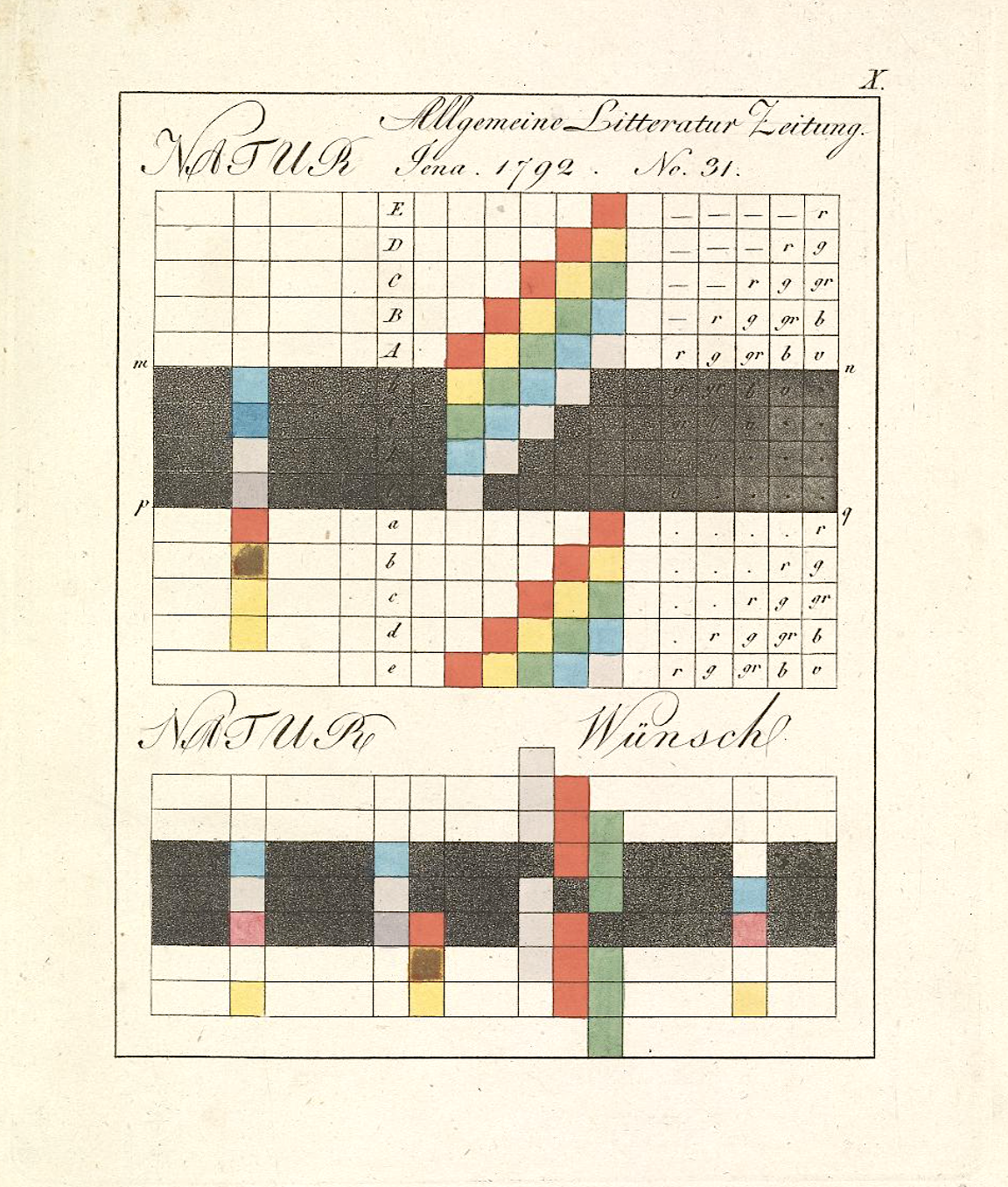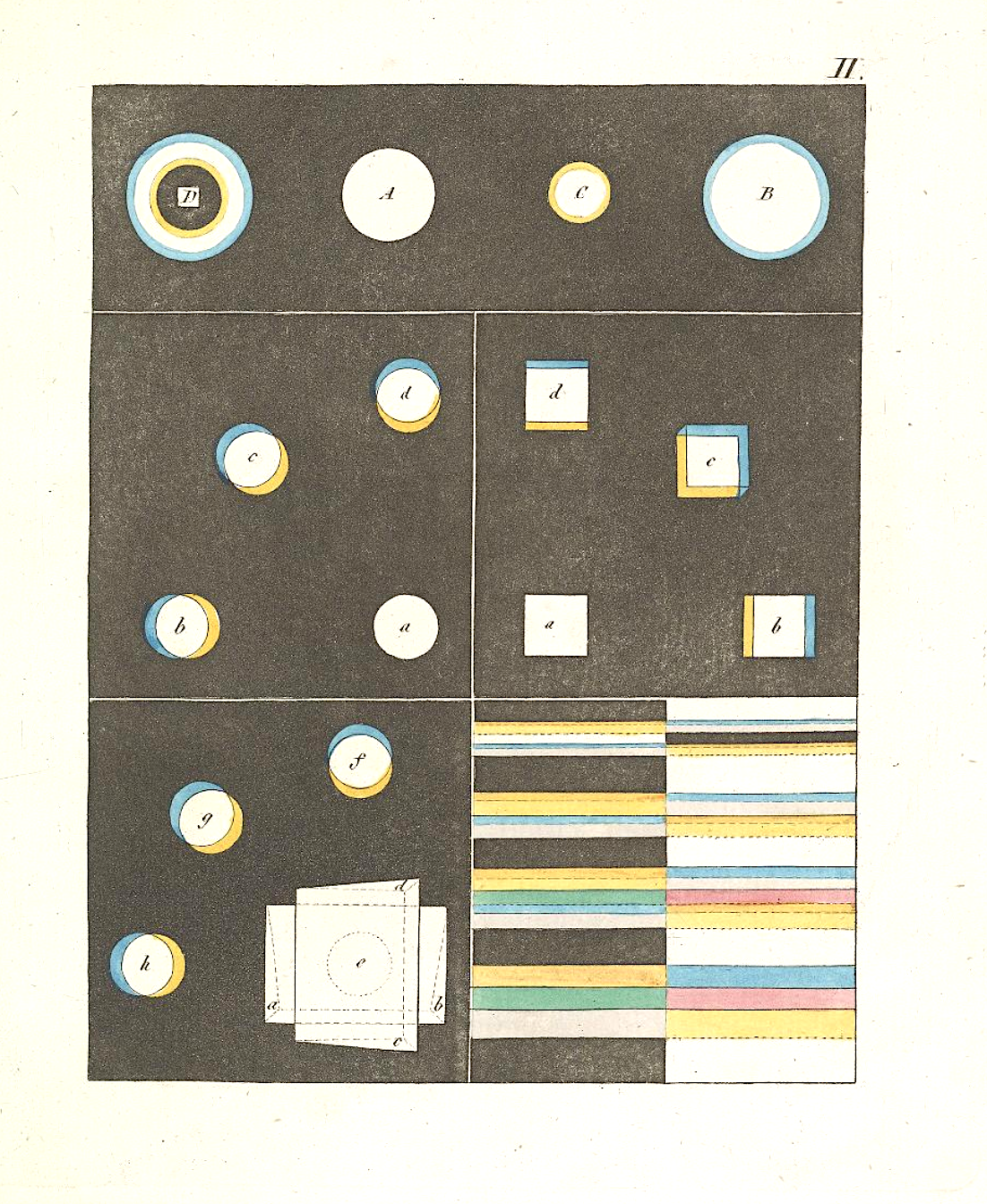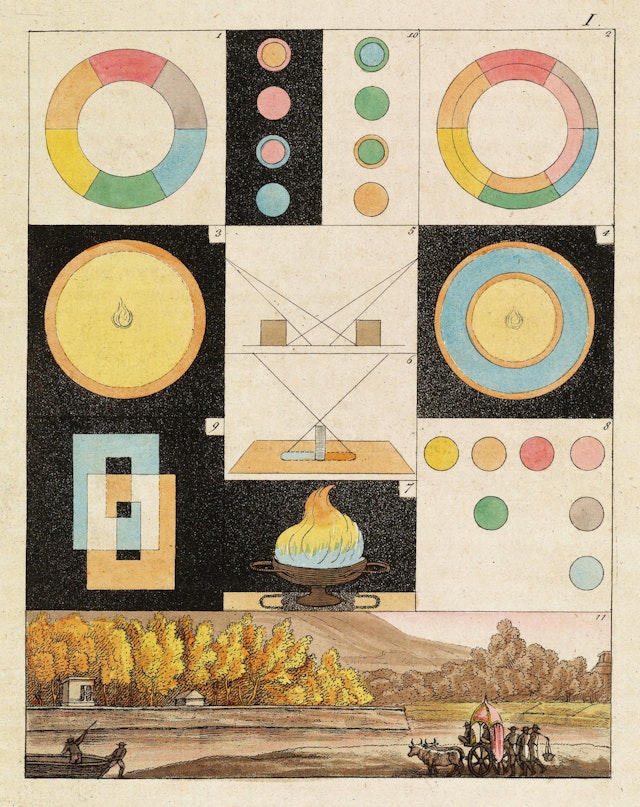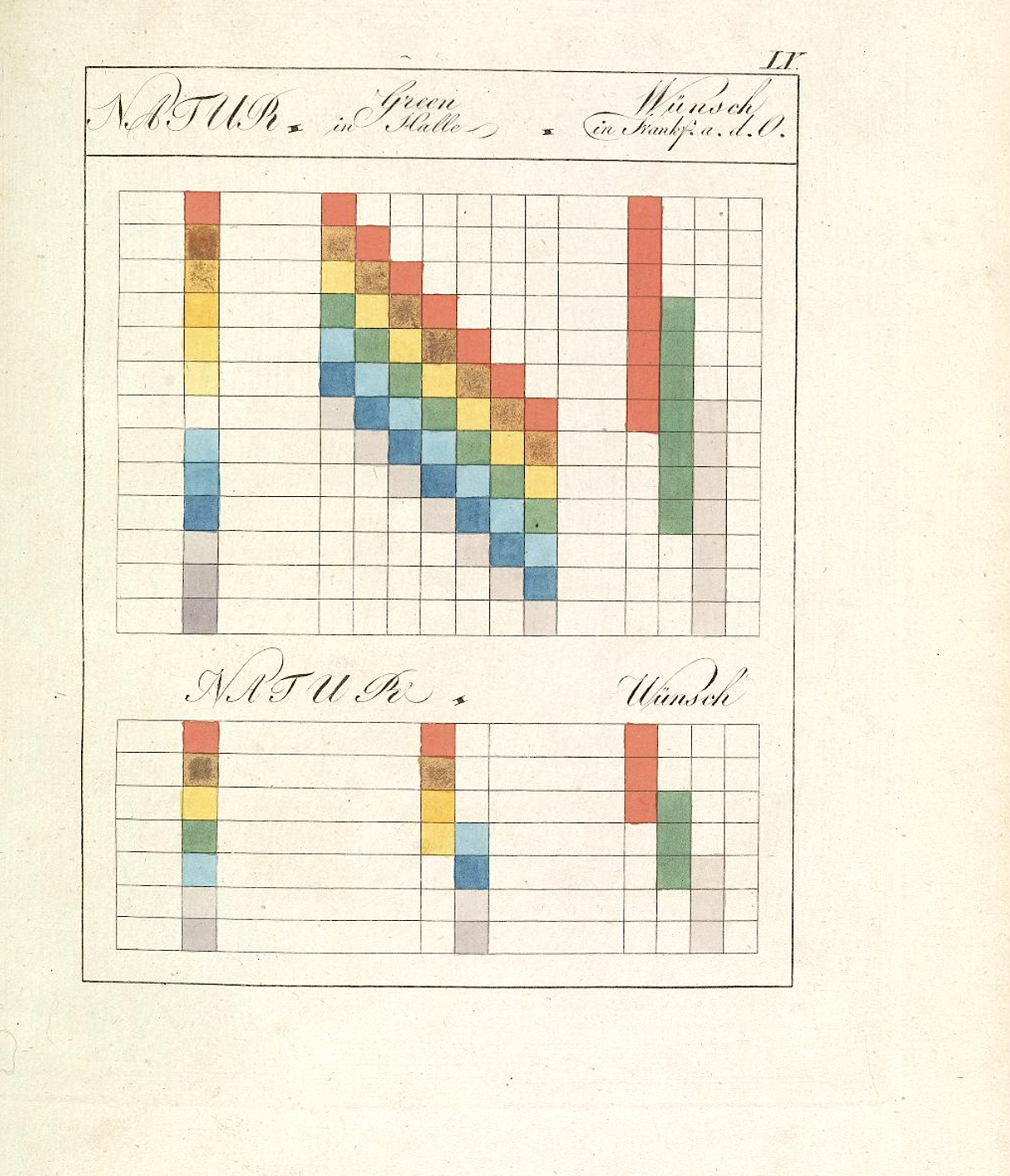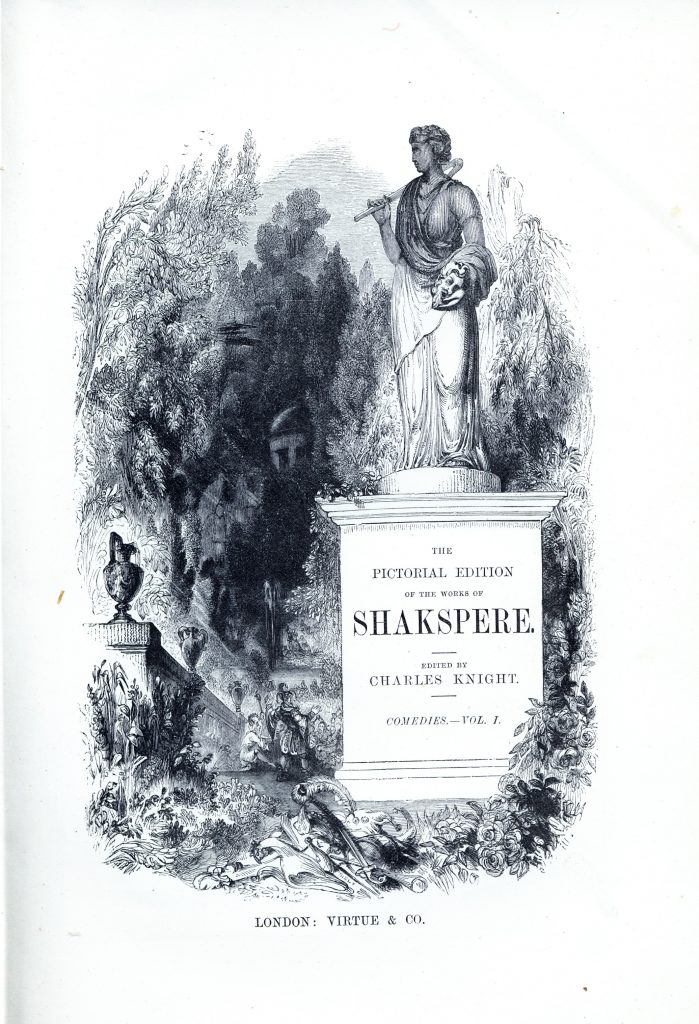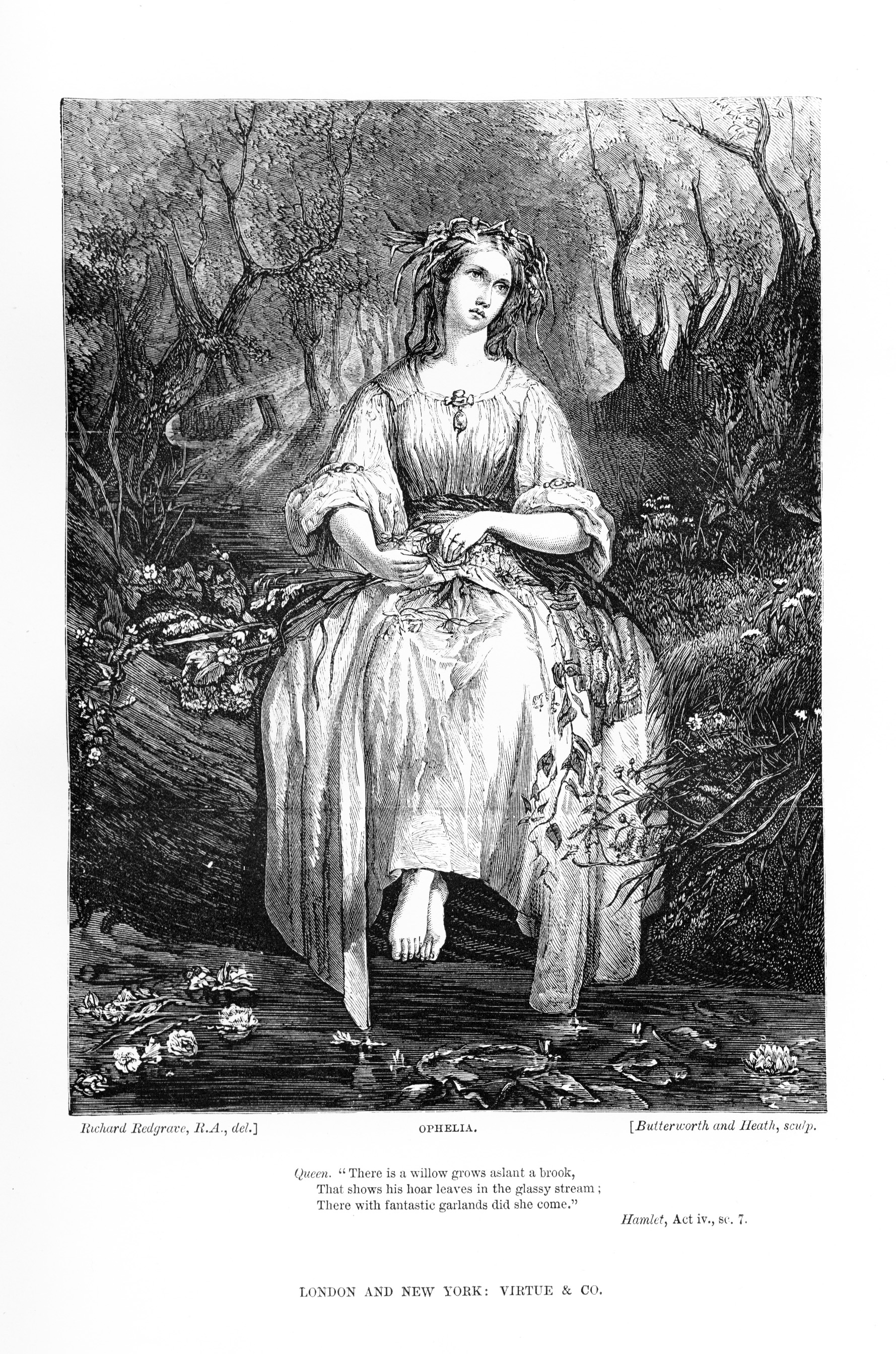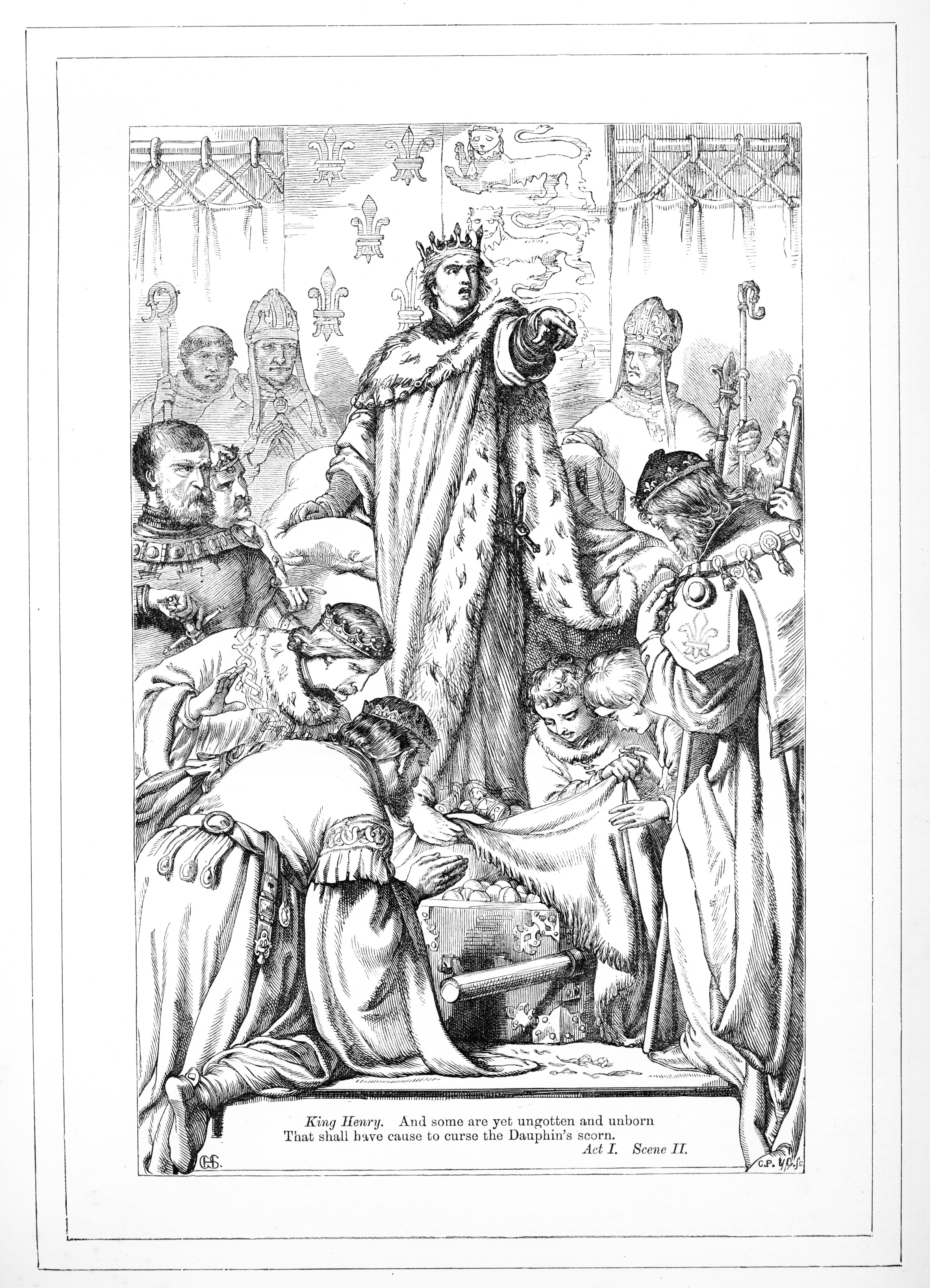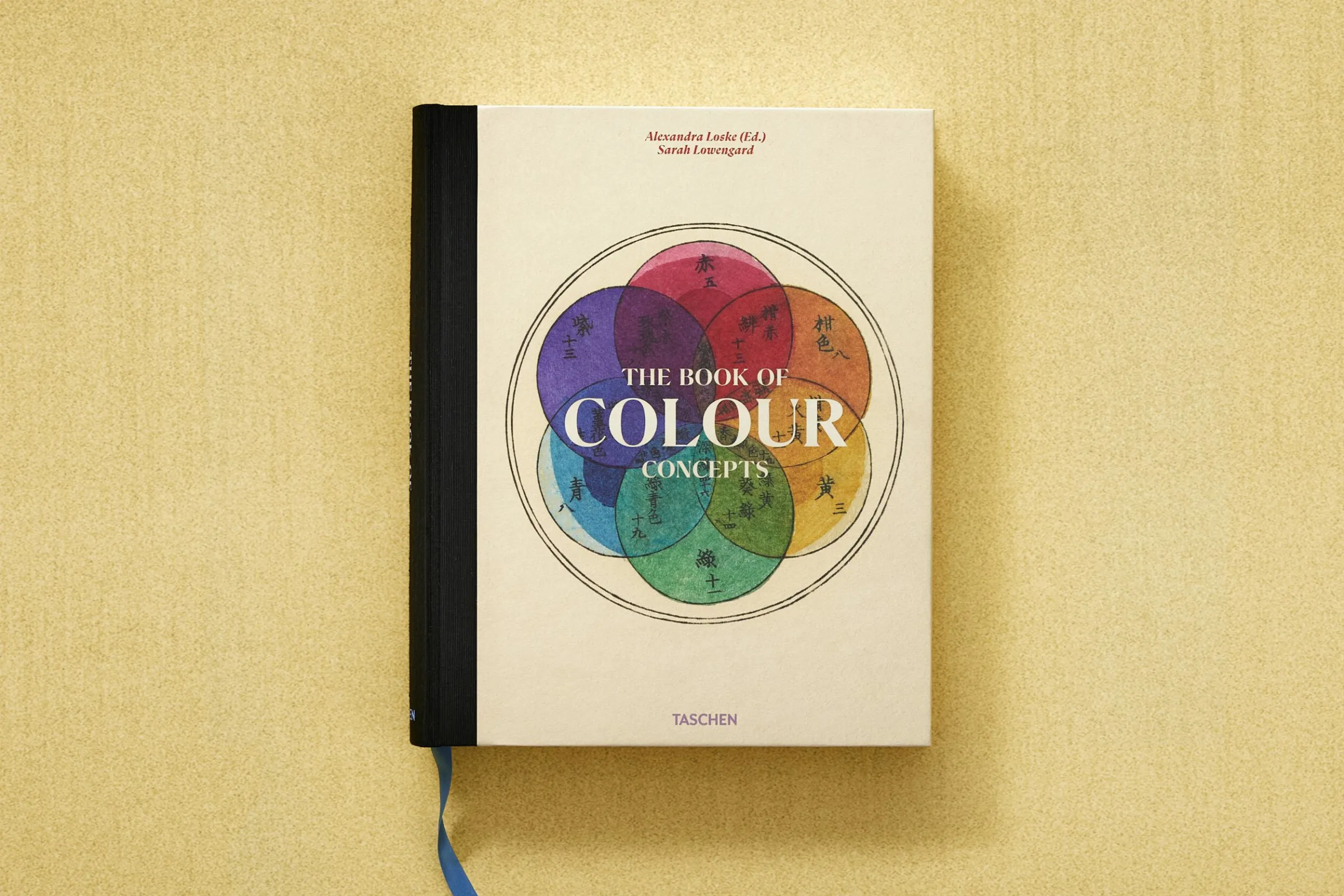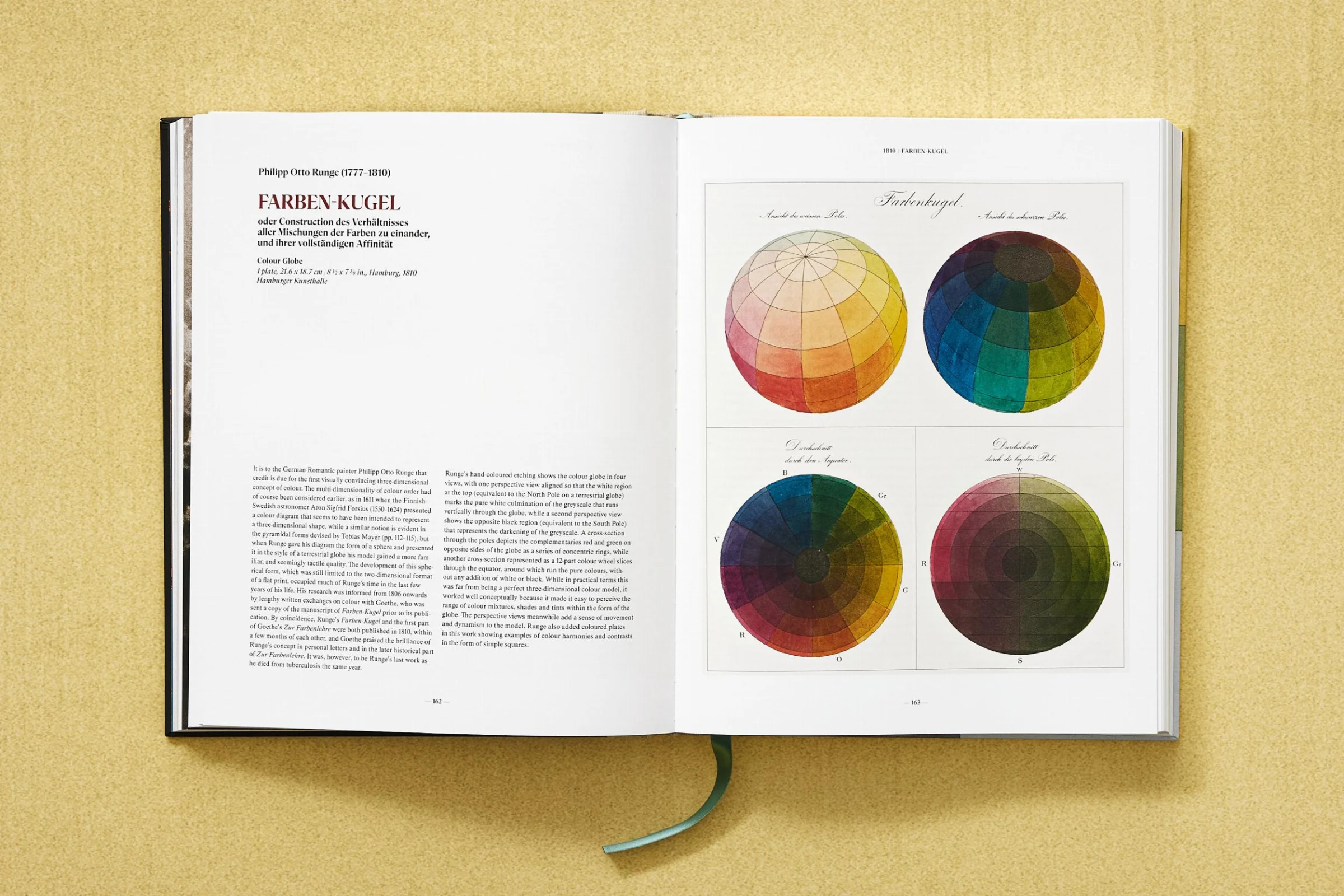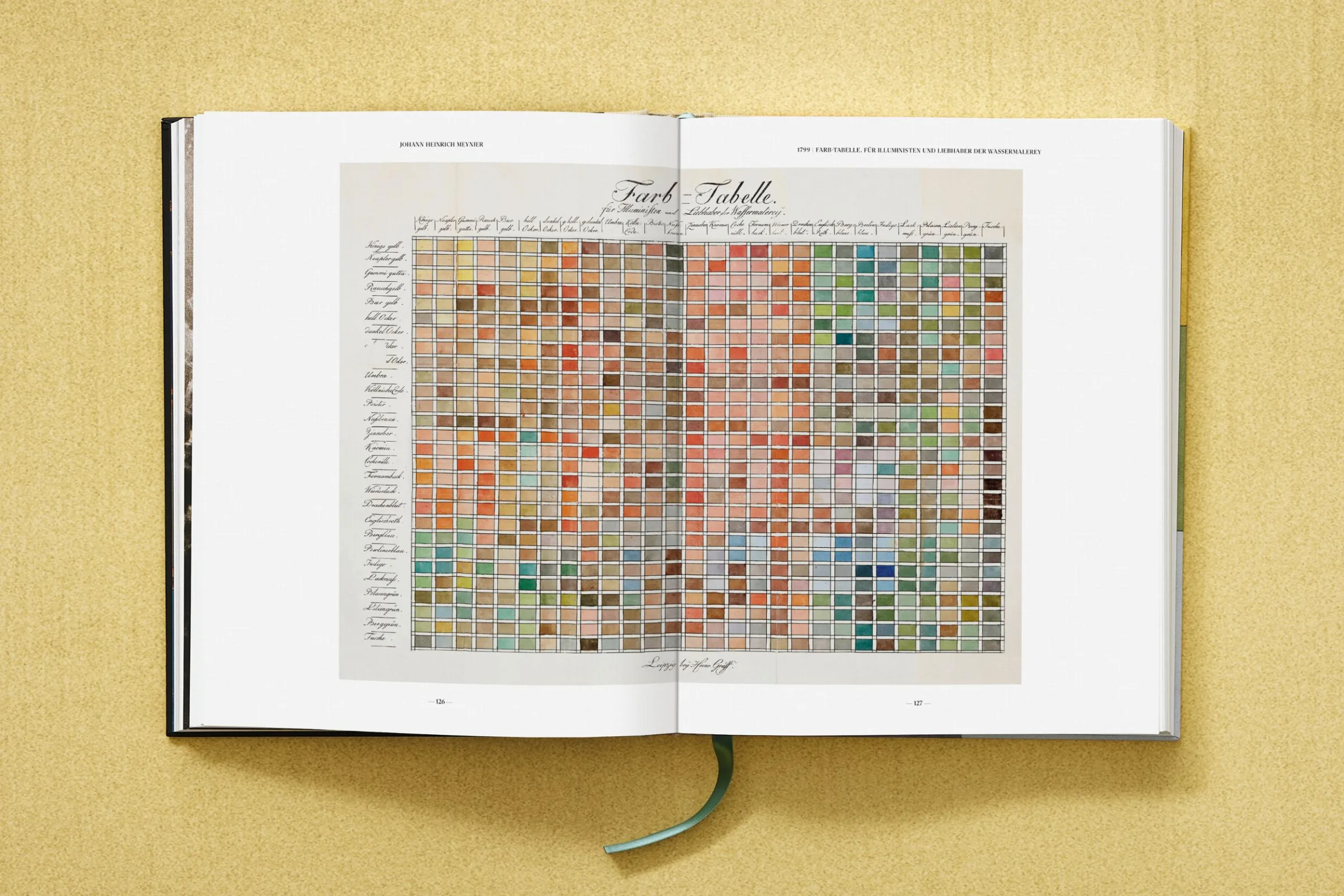Claude Monet, 1915:
We’ve all seen their works in fixed form, enshrined in museums and printed in books. But there’s something special about watching a great artist at work. Over the years, we’ve posted film clips of some of the greatest artists of the 20th century caught in the act of creation. Today we’ve gathered together eight of our all-time favorites.
Above is the only known film footage of the French Impressionist Claude Monet, made when he was 74 years old, painting alongside a lily pond in his garden at Giverny. The footage was shot in the summer of 1915 by the French actor and dramatist Sacha Guitry for his patriotic World War I‑era film, Ceux de Chez Nous, or “Those of Our Land.” For more information, see our previous post, “Rare Film: Claude Monet at Work in His Famous Garden at Giverny, 1915.”
Pierre-Auguste Renoir, 1915:
You may never look at a painting by the French Impressionist Pierre-Auguste Renoir in quite the same way after seeing the footage above, which is also from Sacha Guitry’s Ceux de Chez Nous. Renoir suffered from severe rheumatoid arthritis during the last decades of his life. By the time this film was made in June of 1915, the 74-year-old Renoir was physically deformed and in constant pain. The painter’s 14-year-old son Claude is shown placing the brush in his father’s permanently clenched hand. To learn more about the footage and about Renoir’s terrible struggle with arthritis, be sure to read our post, “Astonishing Film of Arthritic Impressionist Painter, Pierre-Auguste Renoir (1915).”
Auguste Rodin, 1915:
The footage above, again by Sacha Guitry, shows the French sculptor Auguste Rodin in several locations, including his studio at the dilapidated Hôtel Biron in Paris, which later became the Musée Rodin. The film was made in late 1915, when Rodin was 74 years old. For more on Rodin and the Hôtel Biron, please see: “Rare Film of Sculptor Auguste Rodin working at his Studio in Paris (1915).”
Wassily Kandinsky, 1926:
In 1926, filmmaker Hans Cürlis took the rare footage above of the Russian abstract painter Wassily Kandinsky applying paint to a blank canvas at the Galerie Neumann-Nierendorf in Berlin. Kandinsky was about 49 years old at the time, and teaching at the Bauhaus. To learn more about Kandinsky and to watch a video of actress Helen Mirren discussing his work at the Museum of Modern Art in New York, see our post, “The Inner Object: Seeing Kandinsky.”
Henri Matisse, 1946:
The French artist Henri Matisse is shown above when he was 76 years old, making a charcoal sketch of his grandson, Gerard, at his home and studio in Nice. The clip is from a 26-minute film made by François Campaux for the French Department of Cultural Relations. To read a translation of Matisse’s spoken words and to watch a clip of the artist working on one of his distinctive paper cut-outs, go to “Vintage Film: Watch Henri Matisse Sketch and Make His Famous Cut-Outs (1946).”
Pablo Picasso, 1950:
In the famous footage above, Spanish artist Pablo Picasso paints on glass at his studio in the village of Vallauris, on the French Riviera. It’s from the 1950 film Visite à Picasso (A Visit with Picasso) by Belgian filmmaker Paul Haesaerts. Picasso was about 68 years old at the time. You can find the full 19-minute film here.
Jackson Pollock, 1951:
In the short film above, called Jackson Pollock 51, the American abstract painter talks about his work and creates one of his distinctive drip paintings before our eyes. The film was made by Hans Namuth when Pollock was 39 years old. To learn about Pollock and his fateful collaboration with Namuth, see “Jackson Pollock: Lights, Camera, Paint! (1951).”
Alberto Giacometti, 1965:
The Swiss artist Alberto Giacometti is most famous for his thin, elongated sculptures of the human form. But in the clip above from the 1966 film Alberto Giacometti by the Swiss photographer Ernst Scheidegger, Giacometti is shown working in another medium as he paints the foundational lines of a portrait at his studio in Paris. The footage was apparently shot in 1965, when Giacometti was about 64 years old and had less than a year to live. To learn about Giacometti’s approach to drawing and to read a translation of the German narration in this clip, be sure to see our post, “Watch as Alberto Giacometti Paints and Pursues the Elusive ‘Apparition,’ (1965).”
Related Content:
1922 Photo: Claude Monet Stands on the Japanese Footbridge He Painted Through the Years

